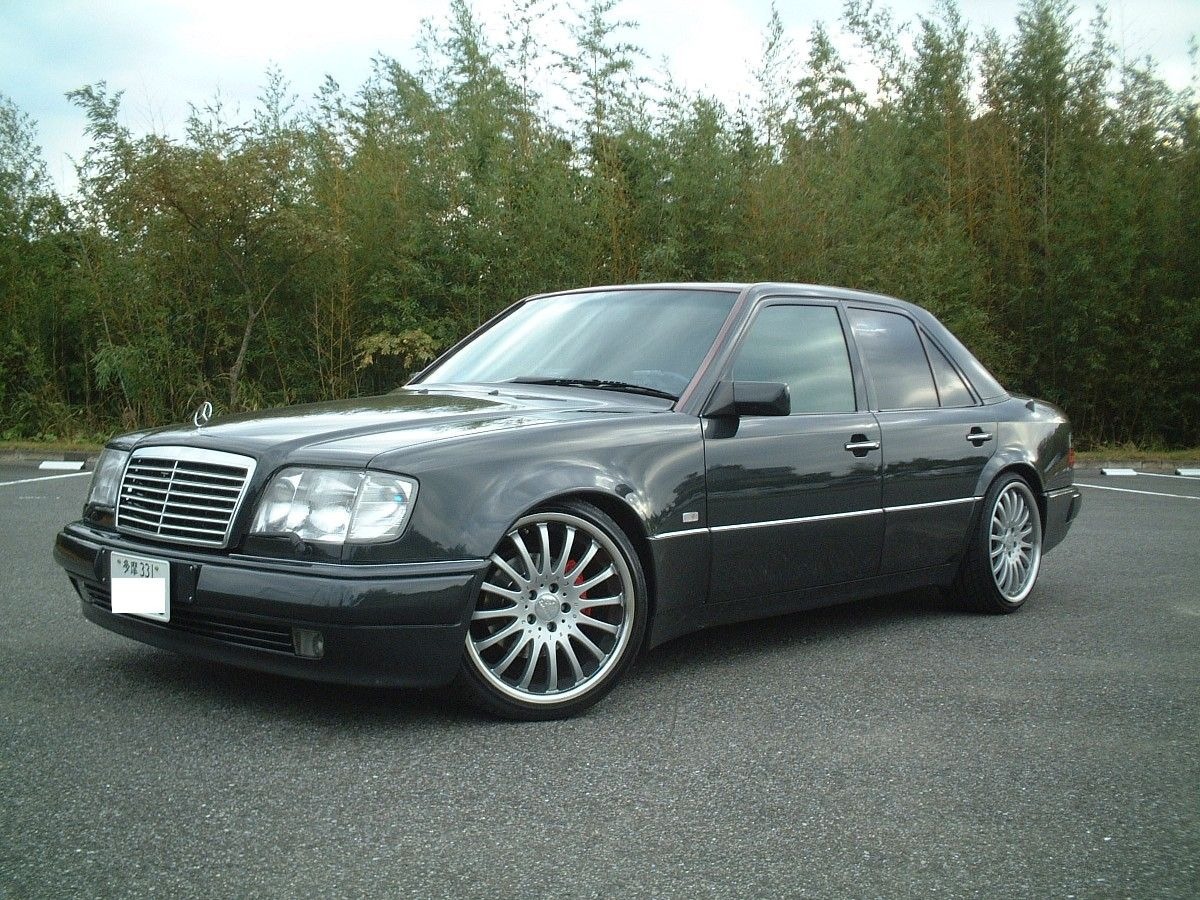Taxis are the ultimate stress test for any vehicle. They rack up brutal mileage, endure stop-and-go traffic, survive weather extremes, and often go long periods with minimal downtime. If a car survives the life of a taxi, it’s a true mechanical warrior.
On the other hand, some vehicles that enter the taxi fleet fold within months—plagued by transmission failures, electronics glitches, or design flaws that simply weren’t meant for high-duty cycles. This contrast between legends of longevity and fleeting flops paints a stark picture of real-world durability.
In this feature, we dive into two contrasting sets of vehicles. First, 5 Taxis That Still Run—these are the unsung heroes that keep chugging along with hundreds of thousands of miles on the odometer, favored by cab drivers around the world.
Some are still in service decades later, proving their engineering excellence. Then we switch gears and highlight 5 That Didn’t Last 2 Years—vehicles that couldn’t handle the punishment, often removed from taxi fleets within their first 24 months due to unreliability or premature breakdowns.
This isn’t about hype or marketing—it’s about what actually survives on the ground. If you want to know what cars you can trust, ask the people who drive for a living. Let’s start with the workhorses.
Also Read: 5 Engines That Thrive on Cheap Gas and 5 That Demand Premium or Die
5 Taxis That Still Run
Taxis are built for abuse, and only a select few cars ever earn the title of “indestructible” in this line of work. Unlike personal vehicles that average 12,000–15,000 miles per year, taxis often log over 50,000 miles annually—sometimes even more in urban environments.
In this category, only the toughest survive. It’s not about comfort or high-tech features. It’s about durability, ease of maintenance, cost of parts, and a drivetrain that refuses to quit.
What makes a good taxi? Taxi fleet managers look for vehicles with proven powertrains, low operating costs, strong cooling systems, and transmissions that don’t fail under stress.
Drivers want something they don’t have to fight with. That’s why many cab fleets around the world stick to a small group of tried-and-true models that simply do not die.
This list celebrates five of those battle-hardened legends—vehicles that have earned the respect of cabbies from New York to Mumbai.
These are the ones that can sit at idle for hours, bounce through pothole-ridden city streets, and still crank over at 400,000 miles. Whether they’re hybrid, diesel, or old-school gas burners, each of these cars has a story backed by years of service.
So let’s honor the true champions of the taxi world. First up: the Toyota that refuses to quit.
1. Toyota Prius (Second and Third Gen)
When the Toyota Prius first entered the taxi world, skeptics laughed at the idea of a hybrid being a high-mileage workhorse. But over time, this quirky-looking hatchback stunned everyone by becoming one of the most beloved taxis ever.
Particularly the second (2004–2009) and third-generation (2010–2015) Prius models are known to regularly cross 300,000 to 500,000 miles—some even beyond—while requiring little more than basic maintenance.
Why is it so reliable? First, Toyota engineered the Prius hybrid system to be extremely simple and durable. There’s no traditional transmission—just an electronically controlled planetary gearset that’s more robust and less complex than a conventional automatic.
The gasoline engine (especially the 1.5L and 1.8L units) is under-stressed and built for efficiency rather than performance, which means less wear over time.
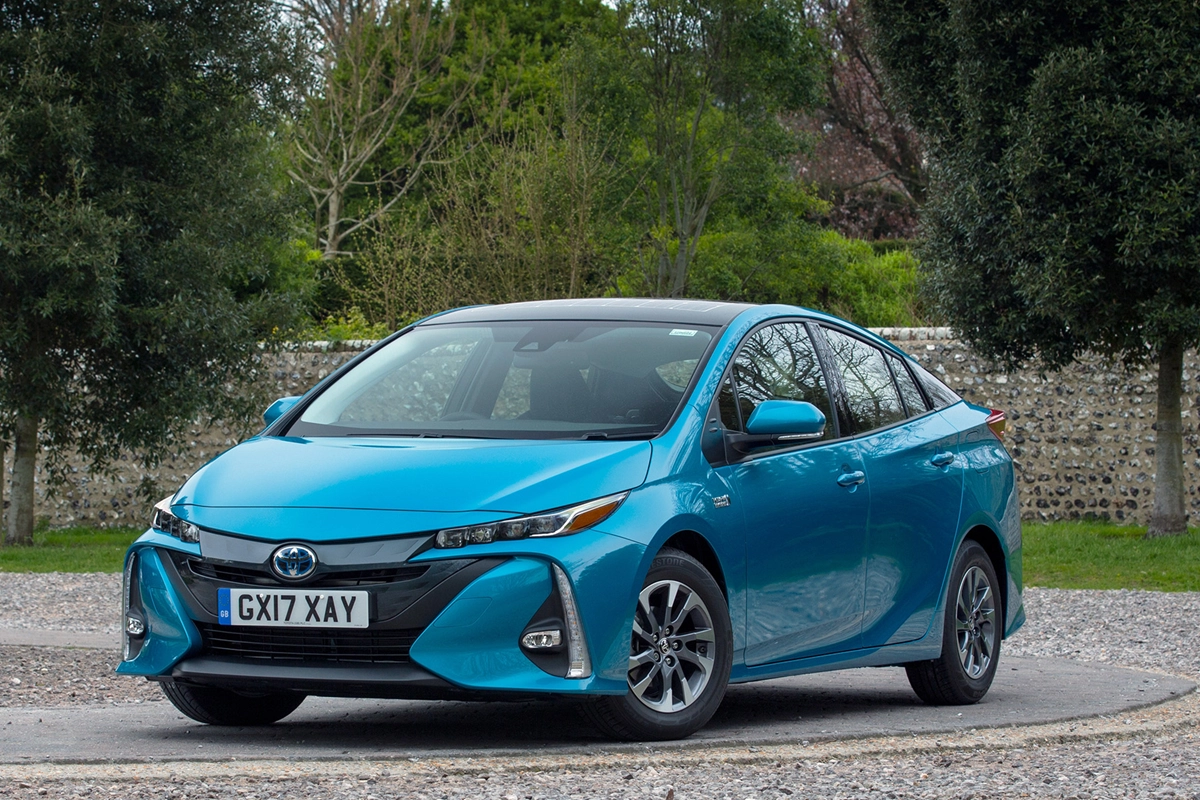
Cab drivers love the Prius for its excellent fuel economy—something that matters enormously in city driving. Even in bumper-to-bumper conditions, the Prius sips fuel at a rate most gas-only sedans can’t match. For fleet operators, that translates into massive savings over the life of the car.
And then there’s cost of ownership. Parts are cheap, mechanics are familiar with the platform, and the hybrid battery—once considered a potential weakness—has turned out to be surprisingly long-lived, with many original packs lasting 250,000+ miles.
Prius taxis are still common in places like Vancouver, San Francisco, London, and Tokyo. They’re quiet, comfortable enough for passengers, and astonishingly cost-effective for drivers.
They’ve proven that “green” doesn’t have to mean fragile—and that hybrid technology can go the distance, sometimes quite literally.
2. Ford Crown Victoria (P71 Police Interceptor & Standard Model)
If there’s one car synonymous with long-running American taxis, it’s the Ford Crown Victoria. Whether in the iconic yellow of New York or painted black in former police duty, this body-on-frame sedan is legendary for one thing: it just won’t die.
Built on Ford’s Panther platform, the Crown Vic was a favorite of law enforcement and taxi companies for decades. The magic formula? A bulletproof 4.6L V8 engine paired with a simple 4-speed automatic transmission, rear-wheel drive, and a massive, overbuilt frame.
The Police Interceptor version (P71) was especially durable, with upgraded cooling, heavy-duty suspension, and reinforced components to handle abuse. These same features made it ideal for taxi duty.
While fuel economy wasn’t stellar (around 15–20 mpg), the Crown Vic made up for it with low maintenance costs, unmatched durability, and incredible crash protection.
Taxi drivers could log over 500,000 miles with basic upkeep—oil changes, brake pads, occasional suspension work—and the car would still start reliably every morning.
Perhaps the biggest appeal of the Crown Vic was its simplicity. There were no finicky turbos, no over-engineered infotainment systems, and no complicated electronics. Mechanics everywhere knew how to work on them, parts were cheap and plentiful, and repairs could be done quickly and cheaply.
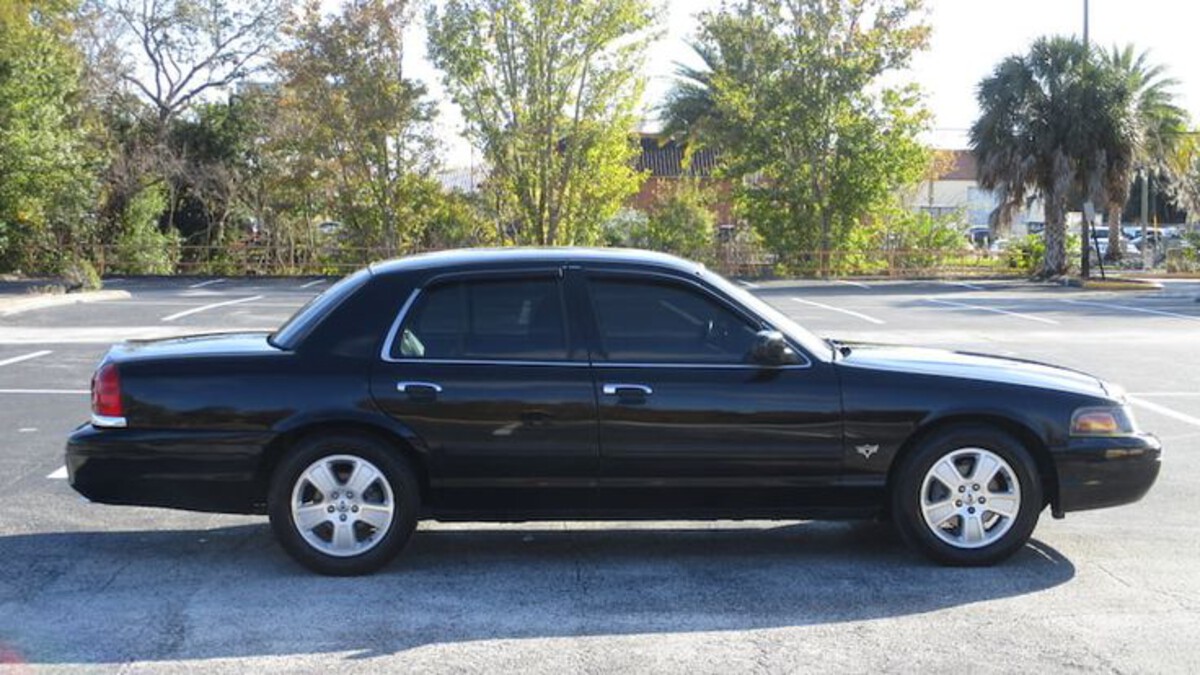
Even after production ended in 2011, fleets around the country held onto their Crown Vics as long as possible. Some still roam the streets today in small towns, airports, or as private cabs, decades after rolling off the assembly line.
Its size, ruggedness, and mechanical reliability made the Crown Victoria one of the greatest taxis of all time. While newer vehicles may offer more tech or better efficiency, none have yet matched the Crown Vic’s sheer toughness and staying power under pressure.
For a vehicle designed to serve—and survive—there’s never been anything quite like it.
3. Toyota Innova (First Gen, Diesel)
In many parts of Asia, Africa, and the Middle East, the Toyota Innova is a name spoken with respect. Especially the first-generation diesel version, produced from 2004 to around 2015, has earned its place as one of the most dependable taxis of all time.
It isn’t flashy, and it doesn’t promise cutting-edge tech—but if you need a vehicle that can transport passengers all day, every day, in extreme heat, heavy traffic, or poor road conditions, the Innova just works.
Built on a rugged ladder frame derived from Toyota’s IMV platform (shared with the Hilux), the Innova was designed for emerging markets where durability is more important than aesthetics. The 2.5L D-4D diesel engine is the heart of its endurance story.
This engine is legendary for its longevity, often crossing 400,000 km (250,000+ miles) with minimal repairs. It’s under-tuned, meaning Toyota didn’t push it to its limit, which allowed it to survive long hauls and heavy loads without strain.
Fleet owners and taxi drivers favor the Innova because of its low running costs, easy maintenance, and strong resale value.
The vehicle is also surprisingly comfortable for passengers—plenty of legroom, decent air conditioning, and soft ride quality make it a great choice for long-distance travel, especially as a shared taxi or airport shuttle.
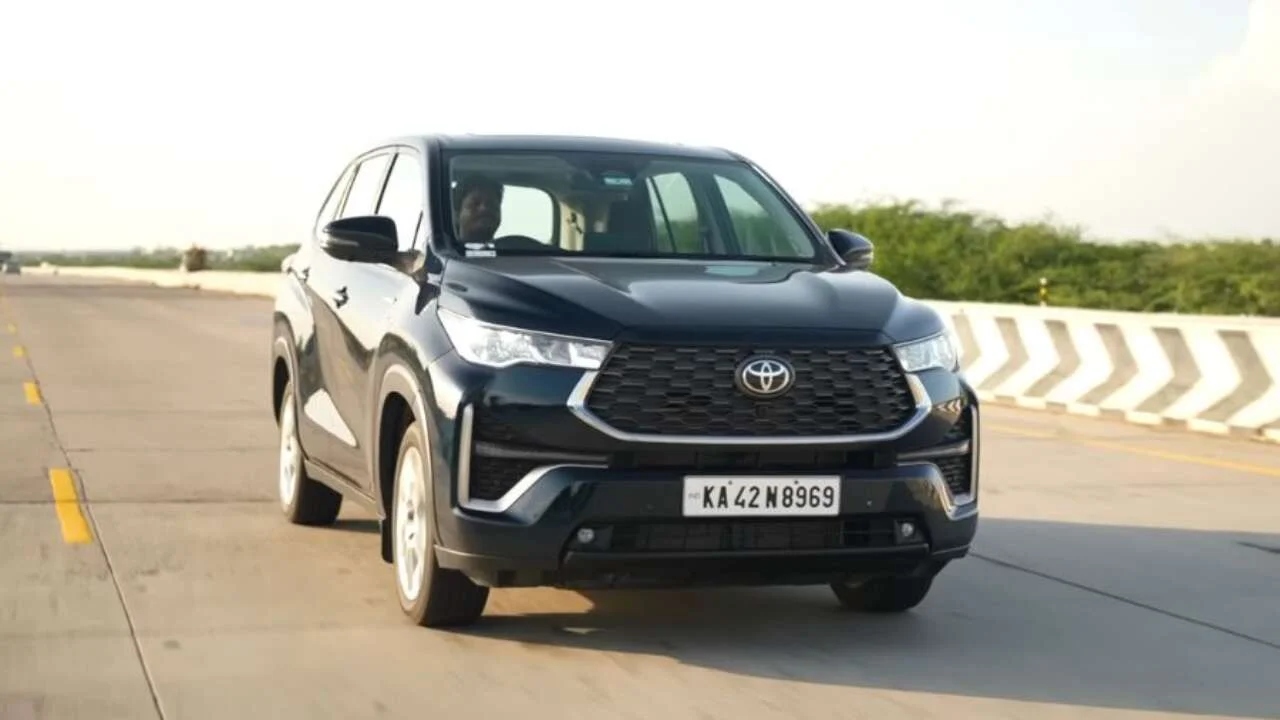
Another major plus? Availability of parts. In countries like India, the Philippines, and Indonesia, replacement components for the Innova are available everywhere, and most mechanics are deeply familiar with it. That means no delays in repairs and very little downtime.
You’ll still find first-gen Innovas operating in taxi fleets today, some with odometers that have rolled over and still going strong. They handle potholes, heat, and overloading better than most vehicles designed with softer urban environments in mind.
In short, the Toyota Innova diesel was built to be a workhorse. It’s not glamorous—but when you’re moving people for a living, that’s exactly what you want.
4. Mercedes-Benz W124 (E-Class Diesel)
When people think of Mercedes-Benz, luxury and prestige come to mind. But in the world of taxis—especially in Europe and parts of Africa—the Mercedes-Benz W124, particularly the diesel variants of the late 1980s and early 1990s, is remembered as one of the most reliable and indestructible taxis ever built.
The W124 was engineered during a time when Mercedes prioritized longevity over complexity.
This generation of the E-Class used overengineered materials, built-in mechanical redundancies, and featured inline-4 and inline-6 diesel engines that were simple, rugged, and designed to run forever. And many did.
It’s not uncommon to hear of W124 taxis surpassing 800,000 km (500,000 miles) or more, with original engines and transmissions still in service.
Why was it so good? First, the diesel engines—like the 2.0D, 2.5D, and 3.0D—were naturally aspirated (in the early years), meaning fewer components to fail. These engines ran cool, didn’t stress their internals, and could tolerate poor-quality fuel.
Secondly, the W124’s build quality was tank-like. Doors shut with a vault-like thud. The suspension was designed to float over cobblestone streets and broken asphalt with grace.
Taxis across Germany, France, Turkey, Morocco, and Greece relied on the W124 well into the 2000s, long after newer models came out.
Fleet owners loved the car’s minimal electronics, rust-resistant body (post-1989), and ease of repair. Even when something broke, the repair was rarely catastrophic.
Drivers reported hundreds of thousands of miles without major drivetrain work. Interior materials held up surprisingly well despite heavy daily use. And comfort was another selling point: wide seats, good cabin insulation, and rear legroom made it pleasant for passengers and drivers alike.
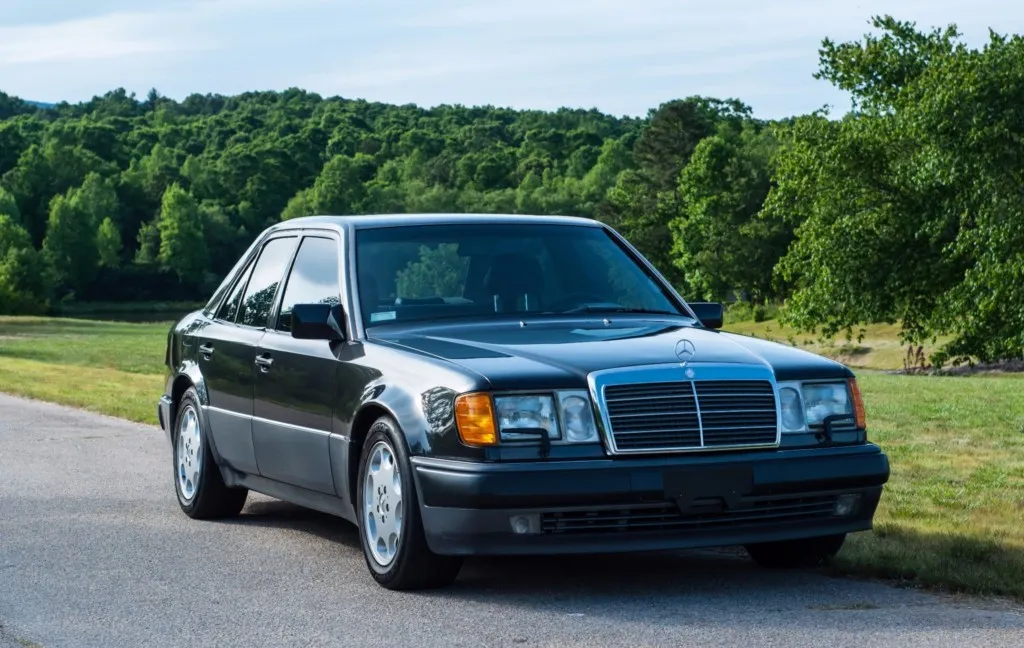
The W124’s reputation wasn’t built on luxury—it was earned through hard work. It became a tool, not just a car. And in the toughest taxi environments, that’s what matters most.
To this day, W124s can still be seen operating as informal taxis in parts of North Africa and Eastern Europe. It’s a testament to the idea that true quality never quits.
5. Hyundai Sonata (2011–2014, YF Diesel & Gasoline Models)
The 2011–2014 Hyundai Sonata YF generation quietly earned its place in the global taxi hall of fame. In places like South Korea, the Middle East, and even parts of the U.S., the Sonata became a workhorse for cab fleets—particularly the diesel and base gasoline variants.
This model proved that Hyundai had not only caught up in terms of build quality, but in some cases, had overtaken rivals in terms of longevity and practicality.
While the Sonata is often viewed as a mid-size family sedan, taxi operators were quick to recognize its value: spacious cabin, strong air conditioning, excellent fuel economy, and a relatively simple drivetrain.
In South Korea, the 2.0L diesel variant became a go-to choice, routinely exceeding 300,000–400,000 km (186,000–250,000 miles) without major mechanical issues.
Its 6-speed automatic transmission, especially in the naturally aspirated 2.4L gasoline version sold in the U.S., was smooth and resilient. Hyundai engineered the engine to prioritize efficiency and longevity over raw power, and this worked in its favor under daily taxi stress.
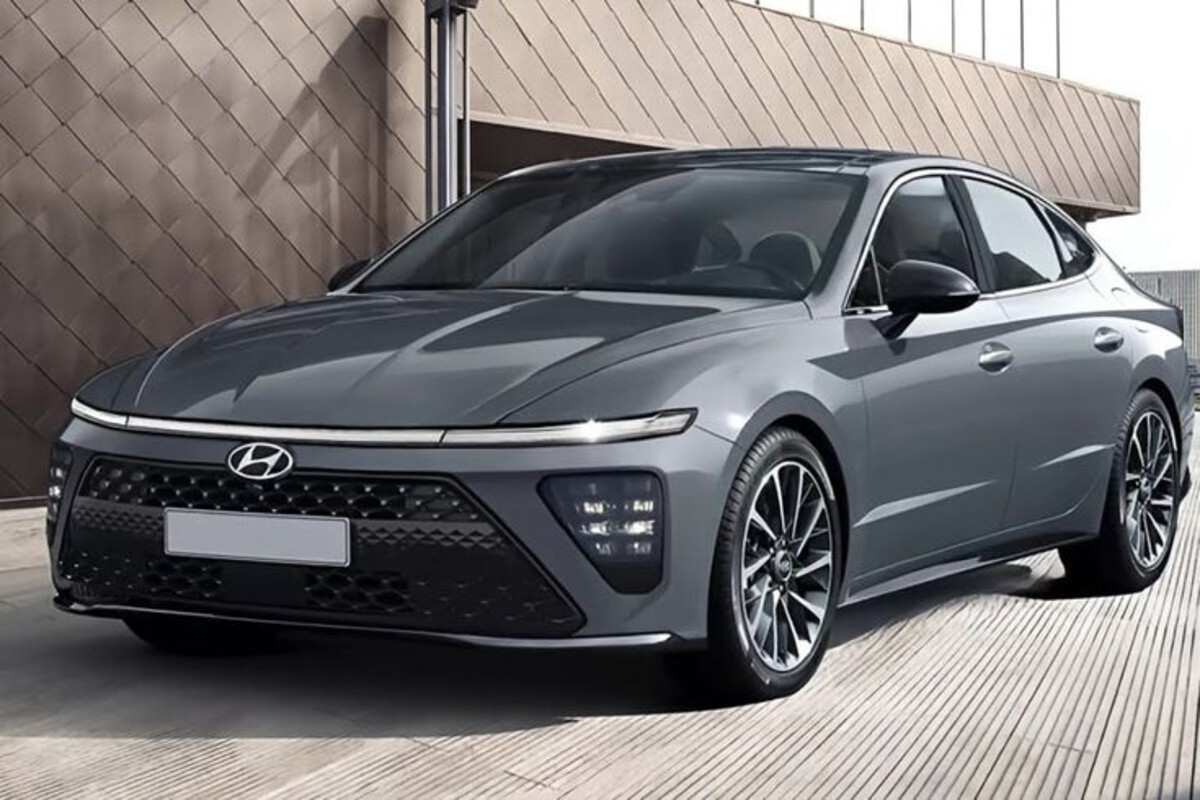
In the Middle East, Sonatas often worked in high heat and sandy environments—places that quickly expose weaknesses—and they held up surprisingly well.
Taxi drivers praised the Sonata for its low maintenance costs and comfortable ride. Parts were affordable, widely available, and the car was designed in a way that made many basic repairs easy to perform. Even after years of abuse, the interior held up decently, and most importantly, the vehicle stayed reliable.
Unlike some rivals that suffered from transmission failures or excessive oil consumption after 100,000 miles, the Sonata YF quietly pressed on. It may not have the prestige of a Toyota or the street rep of a Crown Vic, but it proved itself in the real world—especially in fleet life.
In cities like Seoul, Dubai, and Cairo, you could hail a 10-year-old Sonata and still enjoy a smooth, rattle-free ride. For a car that started as a budget-friendly mid-sizer, that’s a serious achievement. It’s one of Hyundai’s most underrated durability success stories.
5 Taxis That Didn’t Last 2 Years
While some vehicles become taxi legends by surviving hundreds of thousands of miles, others barely make it out of their probation period. These are the cars that fleets hoped would deliver—but instead turned into costly mistakes.
In the high-pressure world of taxi operation, where downtime equals lost income, reliability isn’t just a bonus—it’s non-negotiable. If a car spends more time in the shop than on the road, it quickly earns a one-way ticket out of the fleet.
The cars on this list didn’t fail due to lack of comfort or poor fuel economy—those are forgivable in the short term. What doomed them was something worse: unreliability under pressure.
Whether it was faulty transmissions, weak suspension components, overheating issues, or fragile electronics, these vehicles couldn’t handle the brutal workload that taxi duty demands. Many were removed from service in less than two years—not because of age, but because they simply broke too often.
In some cases, the manufacturer overpromised and underdelivered. In others, good cars on paper just weren’t ready for real-world abuse. And for cab companies operating on thin margins, those lessons were learned the hard way—through blown budgets and angry drivers.
This section dives into five vehicles that failed the taxi test, often spectacularly. These weren’t just unpopular—they were actively pulled from fleets due to high repair costs, poor durability, or both. It’s a sobering reminder that not all cars are created equal, and a shiny badge or modern look doesn’t always equal longevity.
Let’s take a look at the short-lived failures—the ones that couldn’t go the distance. Starting with a stylish European compact that quickly became a fleet manager’s nightmare.
1. Fiat Linea (Diesel & Petrol Models)
When the Fiat Linea first hit markets in countries like India, Brazil, and Turkey, taxi fleet owners were intrigued. It looked modern, had European flair, and came with seemingly efficient engine options like the 1.3L Multijet diesel and 1.4L petrol.
Fiat touted its spacious cabin and strong suspension as reasons why it could handle tough city streets. But the honeymoon didn’t last long.
Within a year or two of entering taxi fleets, many Fiat Lineas were quietly pulled from service—plagued by persistent mechanical issues, fragile electrical systems, and hard-to-find replacement parts.
The most infamous issue was with the 1.3L Multijet diesel, which, while fuel-efficient on paper, suffered from injector failures, turbo lag, and inconsistent power delivery. In cities with heavy traffic, the car’s sluggish acceleration and gear ratio tuning frustrated drivers and passengers alike.
But the bigger problem lay in maintenance. Fiat’s after-sales support was patchy at best. Parts availability became a chronic issue, and when parts were available, they were often expensive or had long delivery times.

Minor faults like power window failures, malfunctioning AC units, or dashboard warning lights became alarmingly common. Drivers joked that the car would “light up like a Christmas tree” without warning.
Suspension components wore out faster than expected, especially on rougher roads. Combine that with electrical glitches, weak clutch assemblies, and a lack of proper technician training in many markets, and you had a car that just couldn’t stay in service.
Many Lineas were pulled before reaching even 80,000 km (around 50,000 miles)—a fraction of what a taxi should handle.
Even though the Linea had a comfortable ride and decent space, those strengths couldn’t outweigh its chronic mechanical and support weaknesses.
What started as a promising budget Euro-sedan became an unreliable liability for cab fleets. For a vehicle meant to be driven non-stop, the Linea simply couldn’t go the distance.
It became a cautionary tale: never choose style over proven reliability in the taxi world.
2. Nissan Sentra (2013–2015, CVT Models)
The 2013–2015 Nissan Sentra seemed like a smart pick for taxi fleets at first glance. It offered a roomy backseat for passengers, decent fuel economy, and a low up-front cost—three things that attract budget-conscious operators.
But what looked like a safe bet quickly turned into a fleet-wide headache due to one fatal flaw: the Continuously Variable Transmission (CVT).
While CVTs are designed to improve fuel efficiency and offer smooth acceleration, the unit found in these Sentra models was notoriously fragile.
Under typical taxi usage—stop-and-go traffic, long idle times, heat, and high daily mileage—these transmissions began to fail shockingly early, often before the 60,000-mile mark.
For some taxis, the failure came in under 30,000 miles. The symptoms were sudden: hesitation, jerking under acceleration, whining noises, and eventually, total drivetrain loss.
Worse yet, replacing the CVT wasn’t cheap, and rebuilding it was often impossible or unreliable. Many fleet managers found themselves replacing the entire transmission more than once, destroying the cost-benefit equation of owning the car in the first place.
Beyond the CVT, there were other issues too. The interior plastics wore out quickly, and some drivers reported problems with electrical components like door locks, power windows, and infotainment glitches. But it was the transmission that sealed the Sentra’s fate in fleet service.
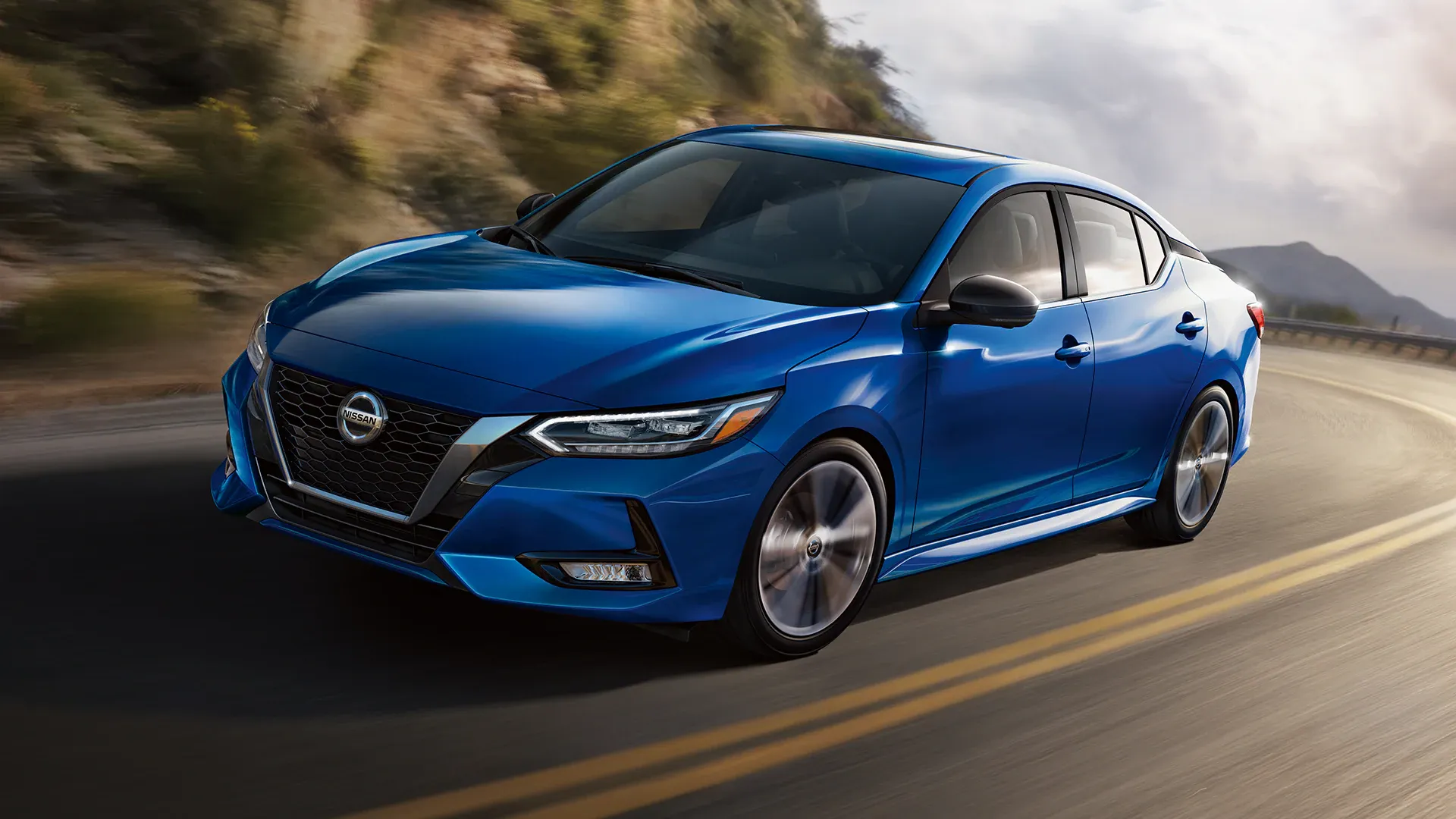
Taxi operators need cars that can take punishment—not precision-tuned parts that fail under pressure.
Nissan’s CVT woes during this generation were well-documented across multiple models, but the Sentra suffered the most in taxi fleets due to its popularity and low cost, which encouraged bulk purchases. Many fleet owners replaced their Sentras with older vehicles, simply to avoid future losses.
What made things worse was that Nissan was often slow to address these issues publicly. Warranty extensions came too late for many who had already taken financial hits from the failures.
In the end, the 2013–2015 Sentra serves as a painful lesson: a car’s real-world durability matters more than its sticker price or EPA mileage rating. If a transmission can’t handle taxi life, the whole car is a write-off.
3. Chevrolet Aveo (T200/T250, 2006–2011)
The Chevrolet Aveo, marketed as a budget-friendly compact sedan or hatchback, was widely adopted by taxi fleets in parts of Eastern Europe, South America, and Southeast Asia.
It seemed to check the right boxes: affordable purchase price, small footprint for urban driving, and the backing of a global brand. But under its low-cost skin, the Aveo proved to be comically underbuilt for commercial use.
First off, the car’s 1.4L and 1.6L petrol engines, while adequate for occasional commuting, were wholly unprepared for taxi duty.
In real-world conditions—hot climates, heavy loads, and long idle periods—these engines were prone to overheating, head gasket issues, and oil leaks. Drivers frequently reported power loss, rough idling, and check engine lights becoming a permanent dashboard fixture.
But the bigger issue wasn’t just the engine—it was overall build quality. The suspension system wore out rapidly under taxi loads.
Shock absorbers gave out within a year, bushings failed, and ride quality deteriorated to the point of being unbearable for both driver and passengers.
Add to that fragile interiors, rattling panels, easily cracked dashboards, and you had a vehicle that felt 10 years old after just 12 months on the road.
Even routine maintenance was frustrating. Spare parts availability was inconsistent in many regions, and repair costs added up surprisingly quickly. For a car that was supposed to be cheap to own, it became a recurring expense.
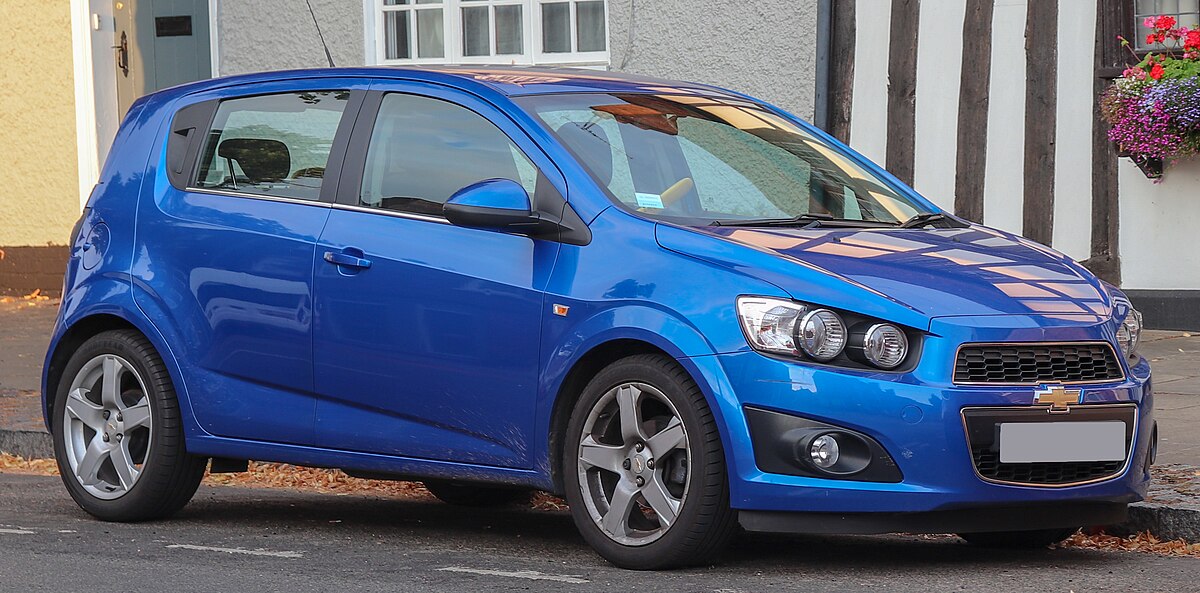
The Aveo also suffered from poor crash test ratings, which made it a liability in fleet use where passenger safety is a concern. Combined with weak AC systems and unreliable electronics, many taxi operators found themselves ditching the Aveo within 18–24 months of putting them into service.
Fleet owners that tried to save money upfront by choosing the Aveo quickly realized that downtime, parts replacement, and passenger dissatisfaction cost far more in the long run. In the end, it was cheaper to buy a used Toyota or Hyundai than to keep repairing an Aveo that just couldn’t handle the stress.
Once hailed as an “affordable taxi option,” the Aveo’s reputation collapsed under the weight of its own flaws. For many taxi companies, it was a regrettable experiment never repeated.
4. Renault Logan (First Gen, Petrol Variants)
At launch, the Renault Logan (also sold under Dacia in many markets) promised a lot: European engineering, low running costs, and a spacious, no-frills package at an unbeatable price. It gained immediate popularity in developing markets, where taxi operators were lured by its affordability and the allure of a modern badge.
And while the diesel variants of the Logan built a decent reputation over time, the early petrol models—especially those sold between 2005 and 2010—turned out to be a risky gamble for fleet use.
On paper, the 1.4L and 1.6L petrol engines were simple and cheap to maintain. But in real-world taxi duty, they were underpowered, inefficient, and fragile under load.
In hilly or heavily congested cities, these engines strained constantly, leading to overheating, premature timing belt failures, and poor fuel economy compared to similarly sized competitors. The clutch also wore out quickly when the car was used for stop-start driving, which is the core of taxi life.
The Logan’s suspension was not built to endure poorly maintained roads, which many taxis face daily. Shocks, struts, and control arms often needed replacement within the first 40,000 km.
Drivers reported rattles and creaks setting in within months—making the car feel older than it was. And while the interior was spacious, its materials were low-grade and often deteriorated rapidly under the strain of constant passenger turnover.
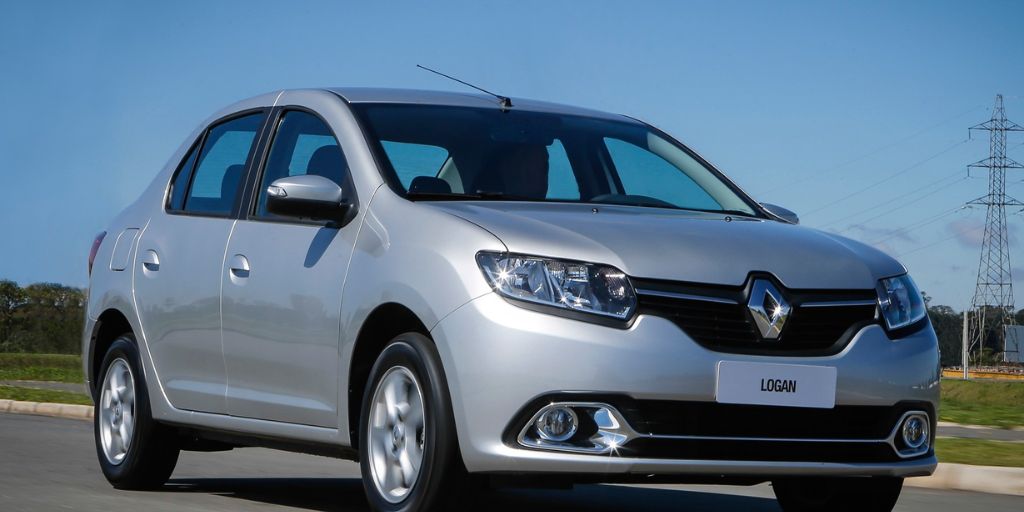
Electronics were another Achilles’ heel. Dashboard lights flickered, central locking systems failed, and sensors often gave false readings or failed entirely. Mechanics in smaller cities lacked familiarity with Renault systems, which led to longer repair times and more frequent return visits.
Many taxi companies that purchased fleets of petrol Logans based on pricing incentives began pulling them from service in less than 24 months, frustrated by downtime and escalating maintenance costs.
While the Logan was designed to be a people’s car, it wasn’t tough enough for commercial fleet duty, at least in its petrol form.
For budget-conscious buyers, the Logan seemed like a clever decision. But for taxi operators who rely on time, durability, and long-term efficiency, it became a costly lesson: cheap up front can mean expensive in the long run.
5. Mahindra Verito Vibe
The Mahindra Verito Vibe, launched as a compact hatchback variant of the Renault-based Verito sedan, was pitched as an affordable, fuel-efficient alternative for both private buyers and fleet operators.
With Mahindra’s local credibility and the Verito’s sedan platform as its base, it initially seemed like a promising candidate for small taxi operators, especially in tier-2 and tier-3 cities across India.
However, what followed was a textbook example of how a mismatch of design, execution, and real-world demands can doom a vehicle—especially in commercial use.
Mechanically, the Verito Vibe used the same 1.5L dCi diesel engine from the Renault-Nissan alliance, which had already proven itself in other cars. But in the Vibe, Mahindra’s cost-cutting showed.
The engine tuning felt sluggish under load, and real-world fuel efficiency never quite lived up to the optimistic expectations. The car struggled with full passenger loads, and its lightweight construction made it ill-suited for poor roads or constant stop-start traffic.
Suspension problems were frequent, with front-end wear showing within the first 25,000–30,000 km. Cab drivers often complained of uneven ride quality and poor ground clearance when the vehicle was loaded.
The Verito Vibe’s short rear end and unusual styling also didn’t sit well with passengers, especially in areas where boot space and luggage capacity mattered.
The biggest issue, however, was the build quality and durability. The interiors were barebones and aged poorly, especially under the heavy usage expected from taxis.
Dashboard plastics faded, door locks jammed, and rattles became the norm. Within 18 months of use, many taxi versions of the Vibe began looking and sounding far older than their age.
Service and parts availability, though initially advertised as strong due to Mahindra’s wide network, proved unreliable.
Certain Renault-sourced components were harder to find, and mechanics unfamiliar with the shared DNA struggled to diagnose issues quickly—leading to longer downtimes and repeated visits.

For a car that was supposed to be cheap and easy to run, the Mahindra Verito Vibe turned into a financial sinkhole for many cab operators. Its short lifespan in taxi duty led many to revert to older Indicas, Dzire Tour models, or even used Innovas.
In less than two years, the Vibe faded—not just from taxi ranks, but from production entirely. A forgettable chapter in Mahindra’s taxi ambitions.
Taxis serve as the ultimate test of automotive endurance. No vehicle segment is as unforgiving, as brutally demanding, or as honest about what works and what fails.
Unlike private car owners who might drive 10,000 to 15,000 kilometers a year, taxis often clock five times that distance annually, navigating city chaos, idling in heat, and dealing with poor road conditions—all while carrying passengers who expect comfort and punctuality. In this harsh environment, only the toughest survive.
The five taxis that still run—from the Toyota Prius and Ford Crown Victoria to the Toyota Innova, Mercedes W124, and Hyundai Sonata—earned their reputations not through clever marketing, but by proving themselves over hundreds of thousands of miles.
These vehicles balanced durability, ease of repair, and running cost efficiency in a way that made them legends. They weren’t always glamorous, but they worked.
They made money. They stayed out of the shop. And they proved that a well-engineered car can outlast expectations, even when pushed to extremes.
On the other hand, the five that didn’t last two years tell a cautionary tale. The Fiat Linea, Nissan Sentra, Chevrolet Aveo, Renault Logan (petrol), and Mahindra Verito Vibe all had potential—on paper.
But poor reliability, fragile drivetrains, weak build quality, or manufacturer neglect caused them to break down, often repeatedly, in real-world taxi conditions.
Fleet managers don’t have patience for cars that become liabilities. When a vehicle causes more downtime than uptime, it gets retired quickly, no matter how new or stylish it might be.
The takeaway is simple: taxi use exposes the true nature of a car. It strips away the polish and gets straight to the bones of engineering. The survivors are built with long-haul thinking; the failures were often built to meet cost targets, not durability benchmarks.
Even more importantly, these stories serve as a roadmap for anyone seeking true dependability—not just taxi operators.
Rideshare drivers, delivery fleet managers, and even everyday consumers can learn from the hard-earned lessons of these vehicles. If a car can thrive under taxi abuse, it’ll do just fine in your garage.
Because in the taxi world, reputation isn’t based on luxury—it’s based on how many miles a car can go without giving up. And that’s the kind of performance that speaks volumes, no matter who’s behind the wheel.
Also Read: 5 SUVs That Go 10 Years Without Rust and 5 That Rust in Just 3 Winters

